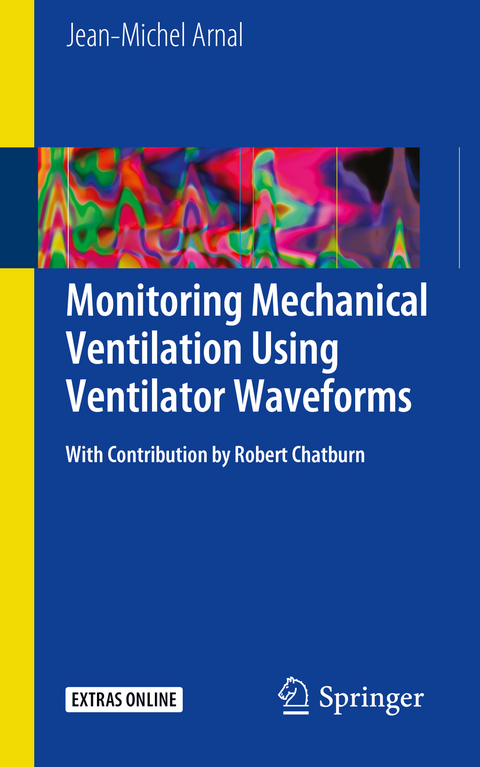
Monitoring Mechanical Ventilation Using Ventilator Waveforms
Springer International Publishing (Verlag)
978-3-319-58654-0 (ISBN)
This book discusses the interpretation of mechanical ventilator waveforms. Each page shows a screenshot from a real patient and explains one or two messages. It starts with basic information about the waveforms and goes on to address passive and spontaneous ventilation, non-invasive ventilation and specific measurements such as pressure-volume curves and esophageal pressure. Step by step, readers learn about advanced monitoring of patient-ventilator synchronisation. This unique teaching approach has been adapted to this topic.
Covering the entire field of mechanical ventilation, it is of particular interest to physicians and respiratory therapist working in emergency departments, anesthesiology, intensive care and respiratory units.
Dr. Jean-Michel Arnal is an anesthesiologist specialized in intensive care medicine. He is senior intensivist in the Hopital Sainte Musse, Toulon, France; he also works as a medical research manager at the research department of Hamilton Medical, Switzerland. After studying medicine in Paris, he specialized in anaesthesiology, medical intensive care and hyperbaric medicine in Marseille. He has established a home ventilation unit and a mechanical-ventilation training center in Toulon. Dr. Arnal has published around 50 articles in international, peer-reviewed journal. His primary interests include mechanical ventilation, ARDS, closed loop ventilation, non-invasive ventilation, and home long-term ventilation. He teaches at international workshop on mechanical ventilation and is a speaker at international meetings. Dr. Arnal is an expert in mechanical ventilation, a respected researcher and speaker at international conferences and has been teaching this topic for many years.
Basics.- Controlled ventilation modes.- Passive expiration.- Spontaneous ventilation modes.- Non invasive ventilation.- PV curves.- Esophageal pressure curve.- Responses to test.
"This pocket-sized book describes how to evaluate the interaction of a patient with a ventilator, using physiological tracings generated by the machine. ... Practitioners using mechanical ventilation with all degrees of sophistication may benefit from this book from senior respiratory therapists. ... This is a unique and important contribution. The concise presentation takes readers from the basics to recognition of important clinical problems." (David J. Dries, Doody's Book Reviews, May, 2018)
"The textbook is a concise, well-written attempt to describe multiple aspects of liver transplant for the anesthesiologist. ... This book is a must-have for any fellow or practitioner engaged in liver transplantation and would be an invaluable tool to introduce rotating residents to the specialty." (Stephen Aniskevich, Anesthesia & Analgesia, Vol. 128 (1), January, 2019)
| Erscheinungsdatum | 12.03.2018 |
|---|---|
| Zusatzinfo | XX, 180 p. 136 illus., 130 illus. in color. With online files/update. |
| Verlagsort | Cham |
| Sprache | englisch |
| Maße | 127 x 203 mm |
| Gewicht | 207 g |
| Themenwelt | Medizin / Pharmazie ► Medizinische Fachgebiete ► Anästhesie |
| Medizinische Fachgebiete ► Innere Medizin ► Pneumologie | |
| Medizin / Pharmazie ► Medizinische Fachgebiete ► Intensivmedizin | |
| Medizin / Pharmazie ► Medizinische Fachgebiete ► Notfallmedizin | |
| Schlagworte | Accident & emergency medicine • Accident & emergency medicine • Acute Respiratory Failure • Anaesthetics • Anesthesiology • ARDS • critical care • Emergency Medicine • Intensive Care Medicine • Intensive / Critical Care Medicine • Lung protection • Medicine • Medicine: general issues • Pneumology/Respiratory System • Respiratory Medicine |
| ISBN-10 | 3-319-58654-8 / 3319586548 |
| ISBN-13 | 978-3-319-58654-0 / 9783319586540 |
| Zustand | Neuware |
| Haben Sie eine Frage zum Produkt? |
aus dem Bereich


